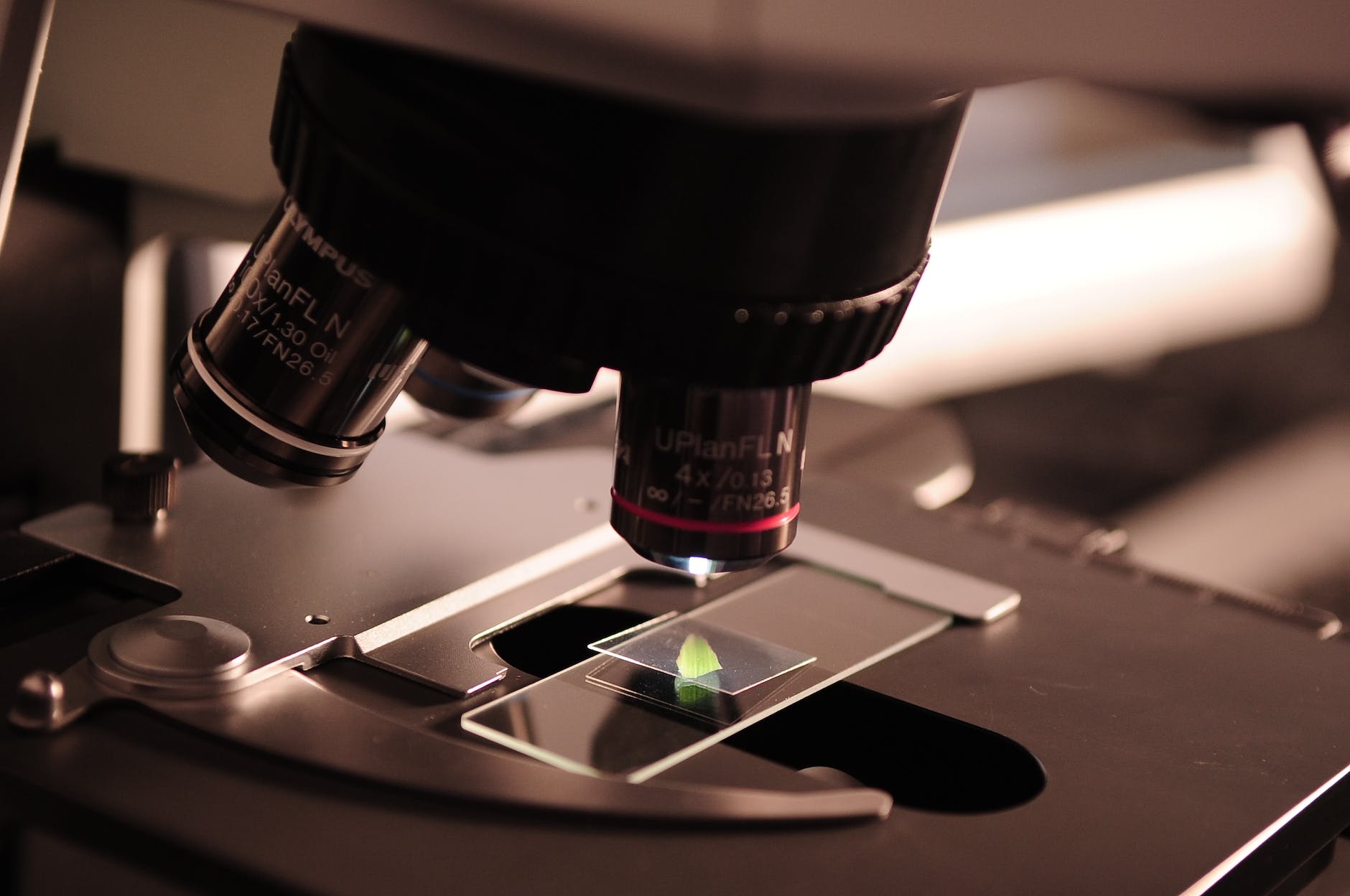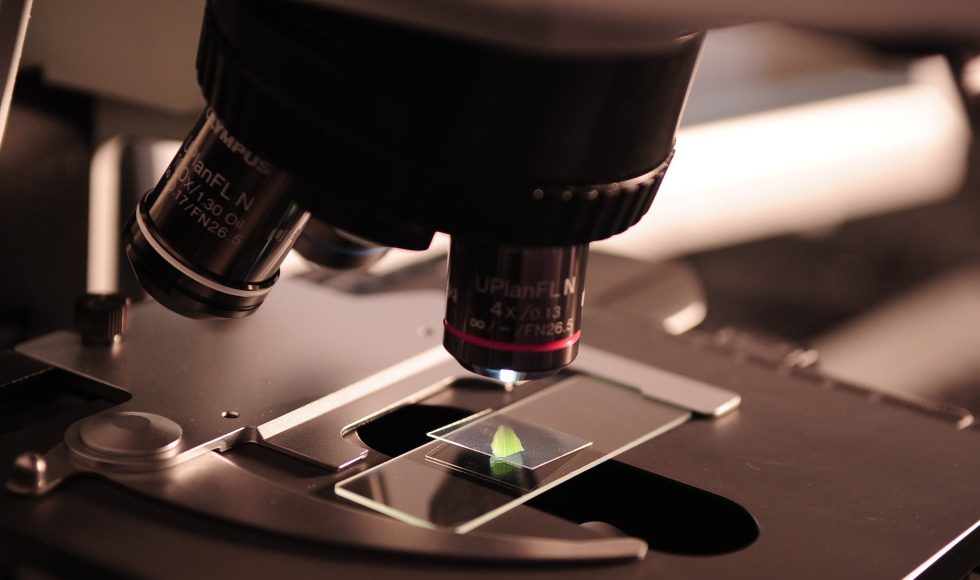It was a relaxing day with the family. Tonight I watched the JMBE Live recording for the session entitled “Increased Scaffolding and Inquiry in an Introductory Biology Lab Enhance Experimental Design Skills.” The presenters were Dr. Tess L. Killpack and Dr. Sarah Fulmer. Kilpack is an Assistant Professor in the Biology Department at Salem State University near Boston. Dr. Sara M. Fulmer is an Educational Developer in the Office of Teaching & Learning at the University of Guelph in Ontario, Canada. They did this work while at Wellesley College. Their article in JMBE proposes a model for redesigning the laboratory curriculum of an introductory organismal biology laboratory at Wellesley College, a small, liberal arts women’s college near Boston. Their goals were to increase opportunities for students to engage in meaningful inquiry and to increase student recognition that they are developing concrete, transferable skills of scientists. Their research goals were to examine the influence of the redesign on gains in experimental design skills, students’ awareness of their own skill-building, and students’ perceptions of relevance of course research experience. The presenters asked the audience to share via the chat and a GoogleForm to learn more about what courses they are teaching. I had not seen a GoogleForm display results in real-time! They even had perspectives from students. Designing inquiry-driven scientific experiments was the most challenging skill reported by participants. The presenters had funding over the summer to reconsider learning objectives and think about scaffolding. In the redesign, they created an introductory module in which students view samples under the microscope and collect data to share results. The redesign also included a new capstone module that was a student-designed experiment and scholarly presentation. The presenters wanted to make sure that inquiry-driven activities were present throughout the semester. The example they presented as a table of skills and learning objectives and when it was introduced and reinforced. Students learn how to plot, analyze, and present data. In the final module, students were able to practice analytical skills and present posters in the capstone assignment. Fulmer mentioned that the study design included five sections in the spring of 2016 taught by three instructors with the original format. The redesigned course was evaluated in the fall of 2016 and included five sections with the same three instructors. The measures of inquiry skills and experiences were obtained using the Tool for Interrelated Experimental Design (TIED, Killpack & Fulmer 2018) as a pre/post and the laboratory course assessment survey (LCAS; Corwin et al. 2015) as a post. They used two different measures of student perceptions of their knowledge, skills, and learning. For this, they used the personal skills rating on mastery rubric (pre/post) and the end-of-semester student course evaluation questionnaire (SEQs). Using the TIED tool and using the normalized change of student gains, they observed significant changes in the redesigned course. Interestingly, students in both the original format and the redesigned format provided high ratings on the Laboratory Course Assessment Survey (LCAS). Students rated themselves before and after the course on a mastery rubric: beginning, developing, proficient, or masterful on experimental design, collaborative data collection, data analysis & presentation, and scientific communication. The post-semester ratings in the redesigned course were significantly higher. Fulmer spoke about the qualitative analysis of students’ course evaluations. The open-ended comments were analyzed, and the research team noticed that students in both formats mentioned that the labs were practical and valuable. However, students in the redesigned format were more likely to mention that they designed or conducted their own experiment or did “real science” or “actual science.” Students in the redesigned format were also more likely to mention specific statistical tests and data analysis techniques or specific aspects of science writing. The research team searched for the word learn or learning in end-of-semester student course evaluations. In the redesigned format were more likely to mention learning. Surprisingly, students in the redesigned format were less likely to mention their interest or enjoyment. Fulmer stressed that this was an intriguing finding that could have only been identified using qualitative measures. Killpack noted that one finding is that “full conversion to a semester-long CURE may not be required to increase experimental design skills in introductory-level students.” Also, Killpack summarized by saying noting the “value of using open-ended questions to gather student voices to assess the impact of a course research experience.” Killpack did a Ph.D. in Zoology and became interested in educational research through CIRTL and biology education societies like ASMCUE and SABER. Killpack noted learning from reading articles in JMBE. Fulmer has worked in teaching and learning offices and gained skills in qualitative research. The collaboration between Killpack and Fulmer allowed the research team to carry out this complex research design. Killpack explained that they were supported by an institutional grant and departmental funds to redesign the course over the summer and support student experimental pilot efforts. Fulmer noted that having instruments that include pre surveys helped identify baseline skills and perceptions. The model organism they use, Killpack shared, is a cabbage looper caterpillar! How cool!



